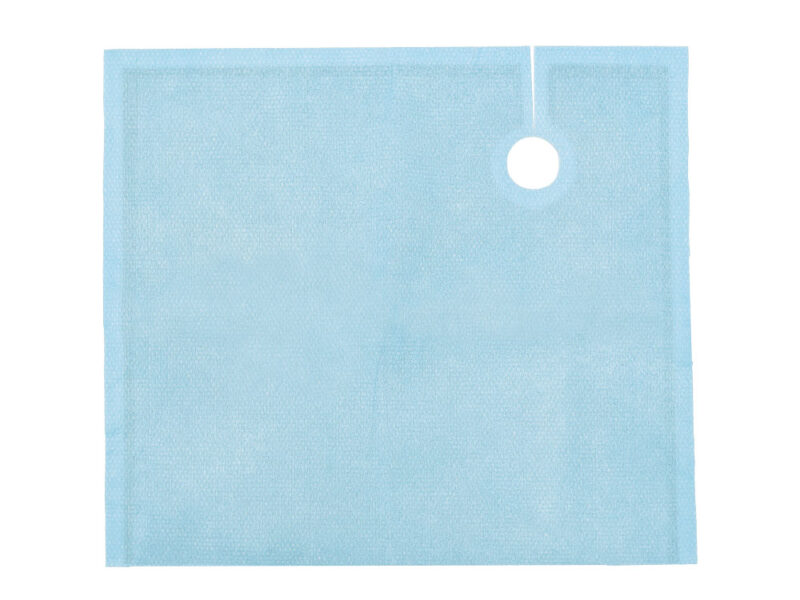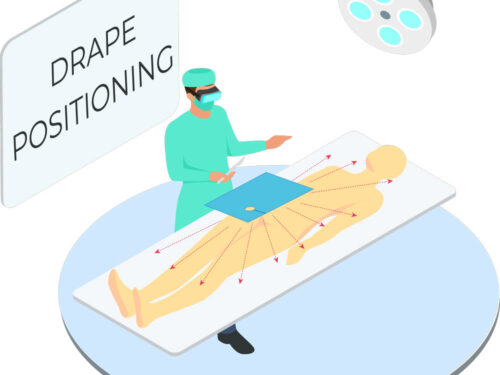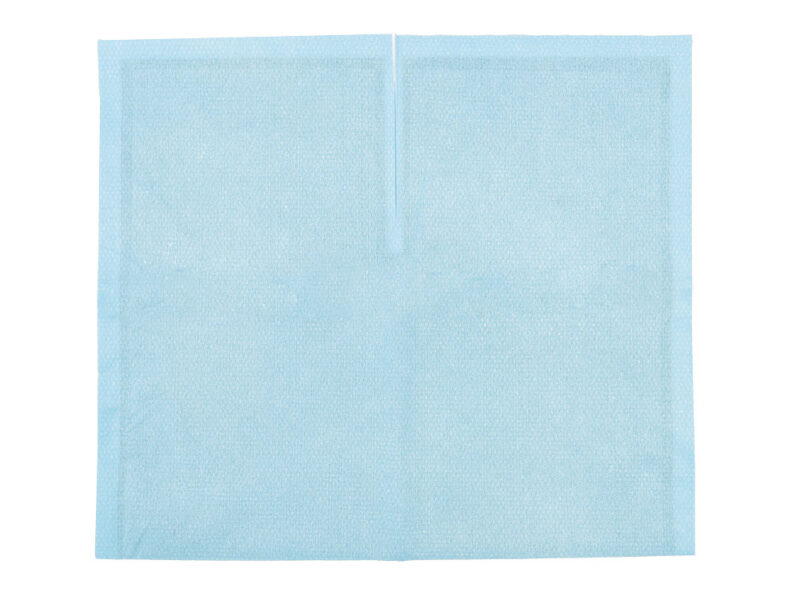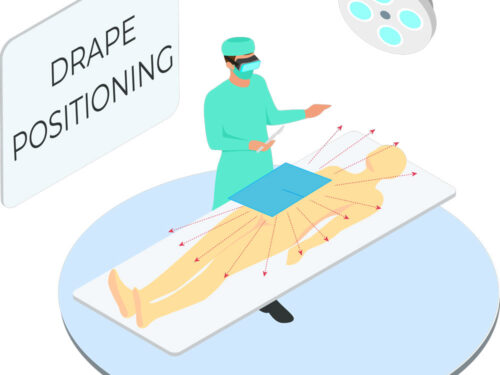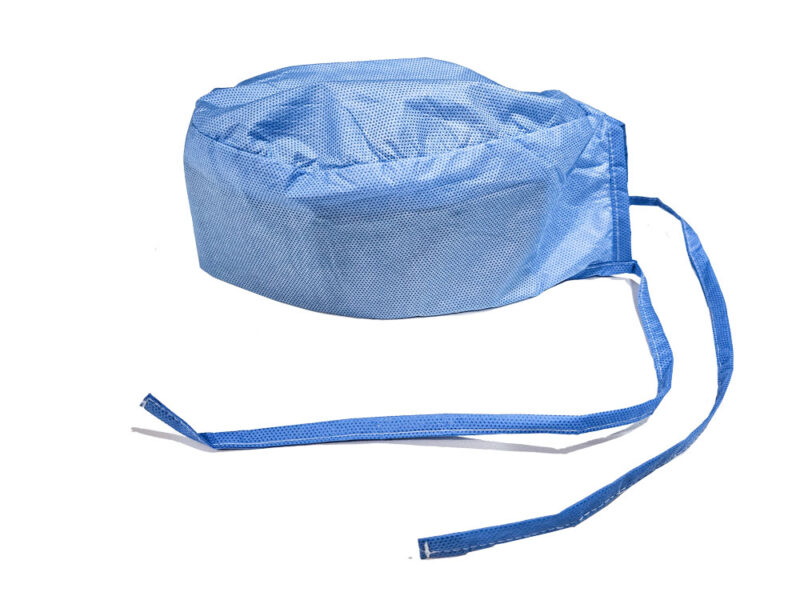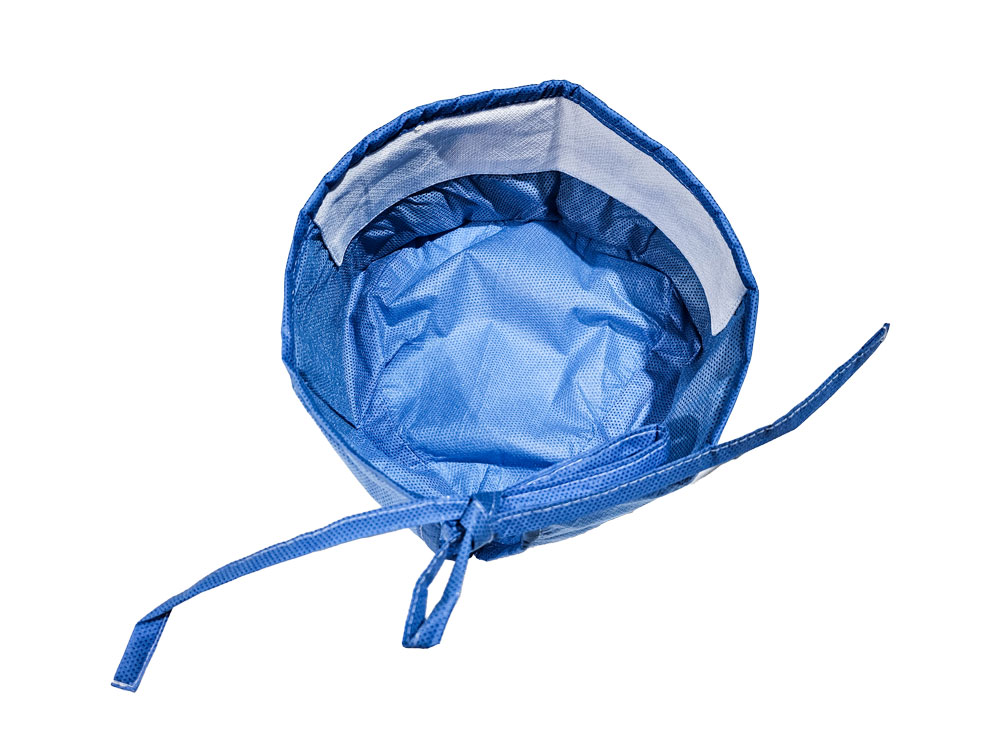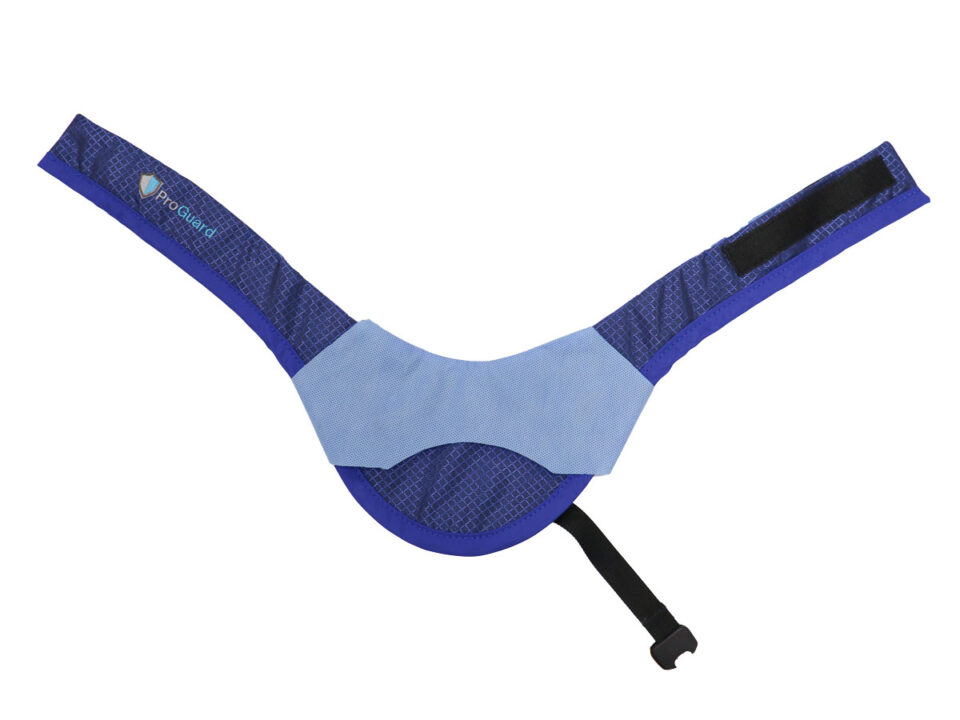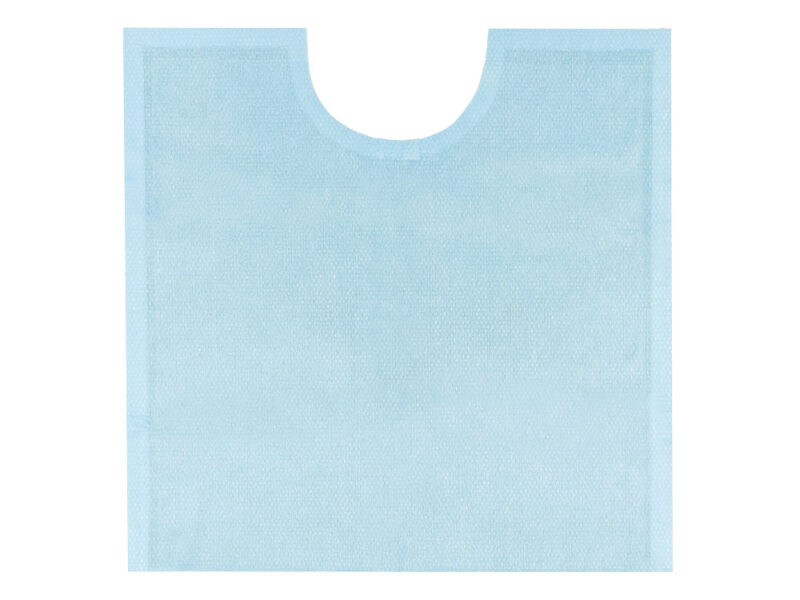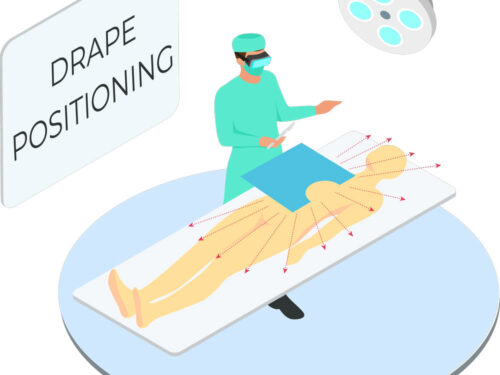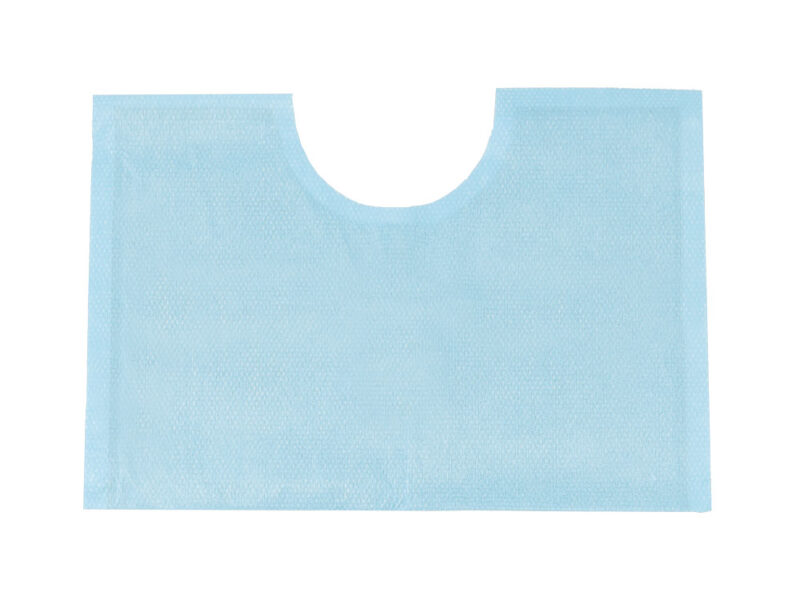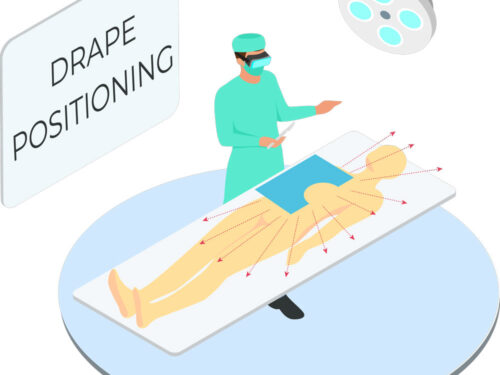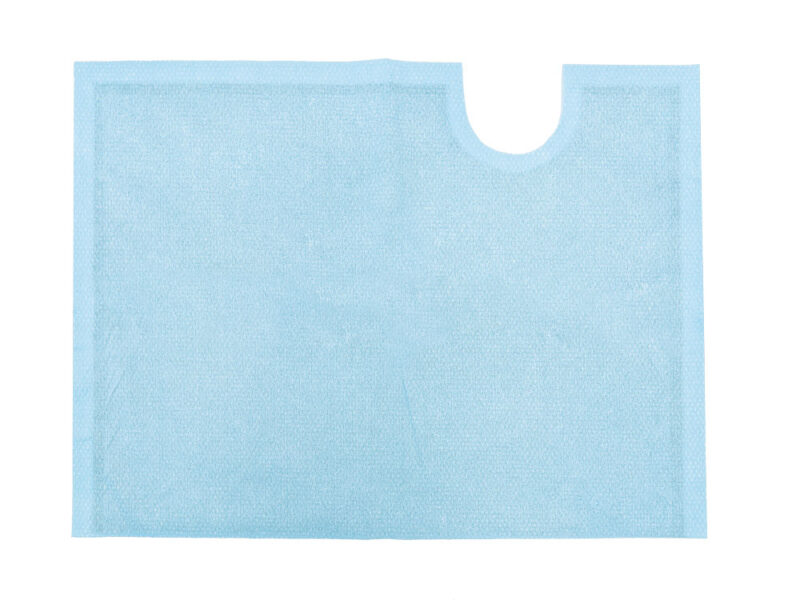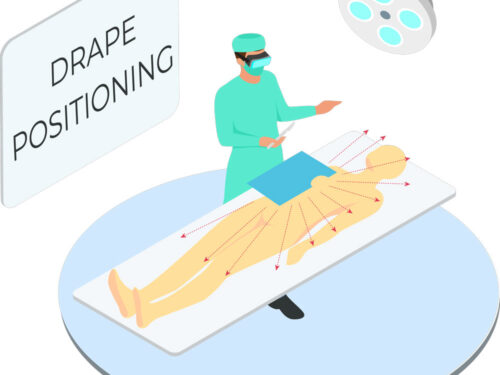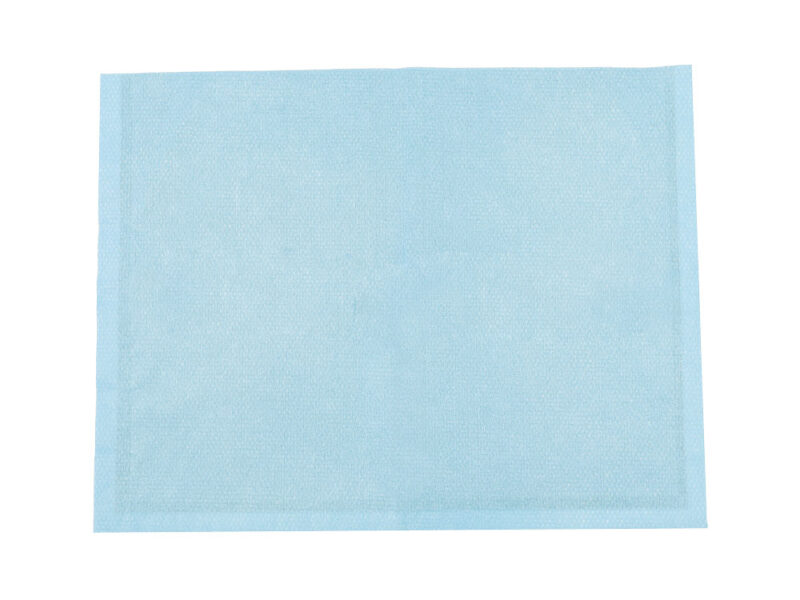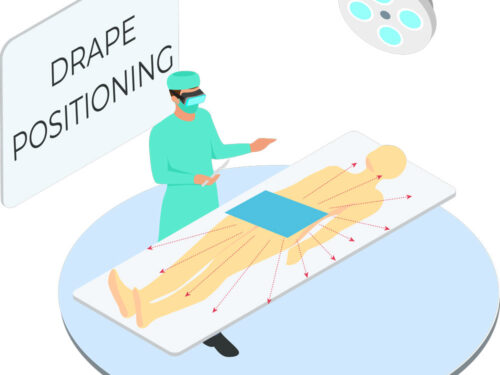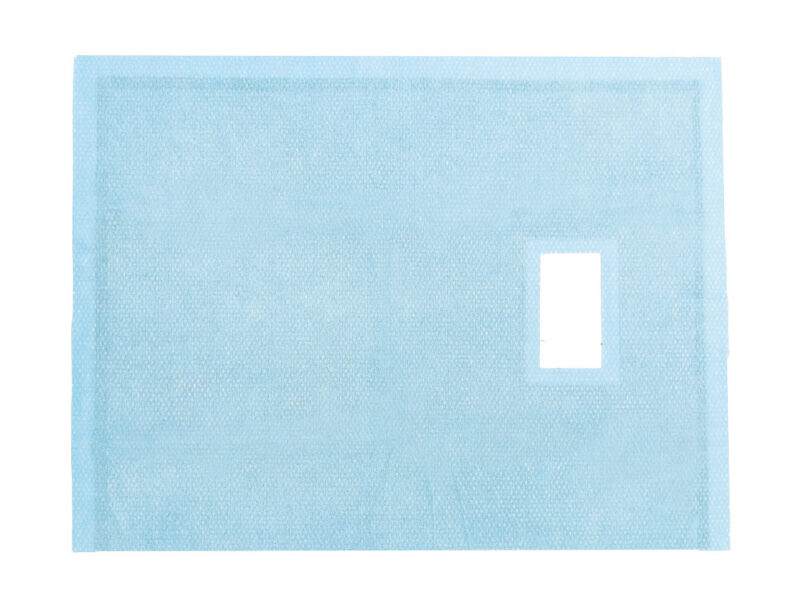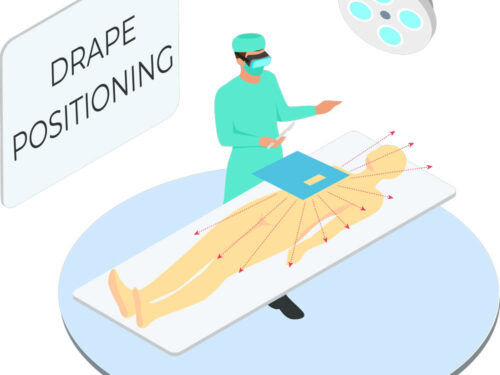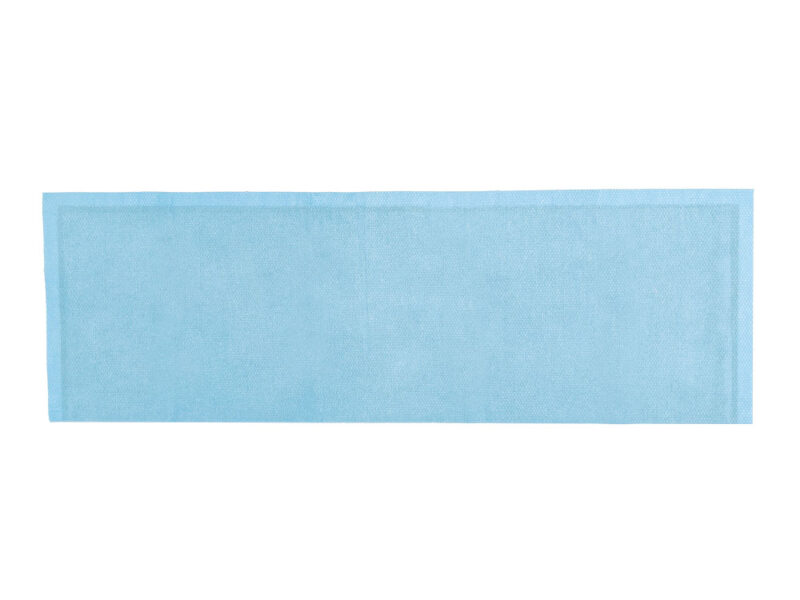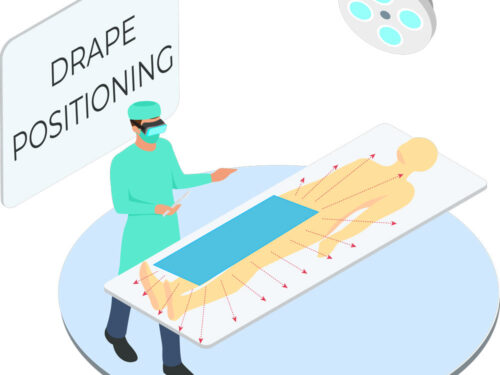A SMARTER, LIGHTER FORM OF PROTECTION
Tested in accordance with ASTM and IEC standards, ScatterGuard drapes provide excellent protection against scatter radiation for fluorolab and operating suite personnel during interventional procedures. These drapes are placed upon the patient's body, so you can enjoy the benefits of added protection without any extra weight! They are sterile, disposable, conform to the patient’s body and feature 3M adhesive backing to prevent slippage.
WHAT IS SCATTER RADIATION?
Image intensifiers have enabled surgeons to become technically more proficient and decrease the morbidity of the patient by minimizing area of operative field and decreasing operative time. During procedures requiring fluoroscopy, direct beam radiation contacts a patient and “scatters” towards the surgeon and other personnel.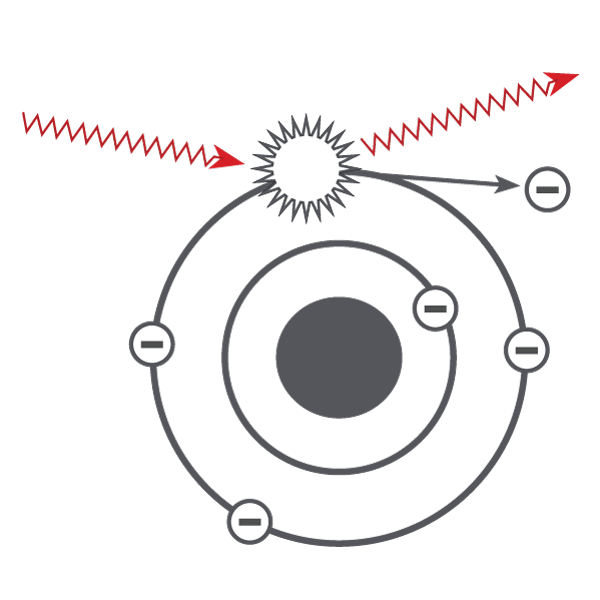
Scatter Radiation
A product of the Compton effect, this low energy radiation is scattered. These X-ray photons remove an outer shell electron from its orbit, thereby ionizing the atom. Low energy radiation interacts with body tissue then scatters in different directions.
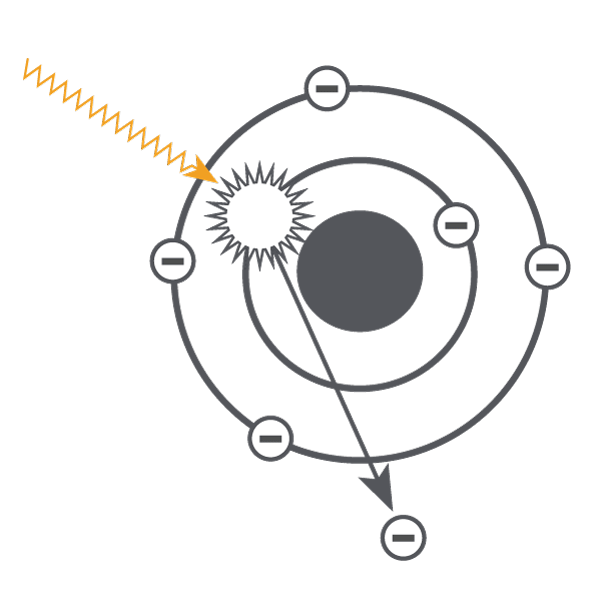
Direct Beam Radiation
A result of the photoelectric effect, this high energy radiation is absorbed. These X-ray photons carry enough energy to eject an inner shell electron from its orbit. The High energy radiation penetrates and passes through the patient for imaging.
The energy absorbed from ionizing (scatter) radiation can cause cataracts, tumors, skin dermatitus, hair loss and germ cell mutations. In fact, “Cataracts occur with cumulative dose between 200 to 500 RADS.”
WHO IS AT RISK?
The maximum amount of scatter radiation occurs perpendicular to the x-ray beam (right next to the patient). Surgeons and assistants are at maximum risk due to proximity to exposure area. “The scattered radiation from the patient comprises the main source of radiation dose to staff.”According to the National & International Conferences on Radiation Protection (ICRP & NCRP), “Lens/Eye Dose should be limited to 15 RADs per year.” Based on an average Lens/Eye Dose of 62 milleRads per hour and an average of 576 hours of Fluoroscopy per year some clinicians are receiving doses of 35.7 RADs per year. In a 30 year career this amounts to 1,071 RADs, if the operator is standing upright; far more if crouched or seated (about 5,184 RADs).
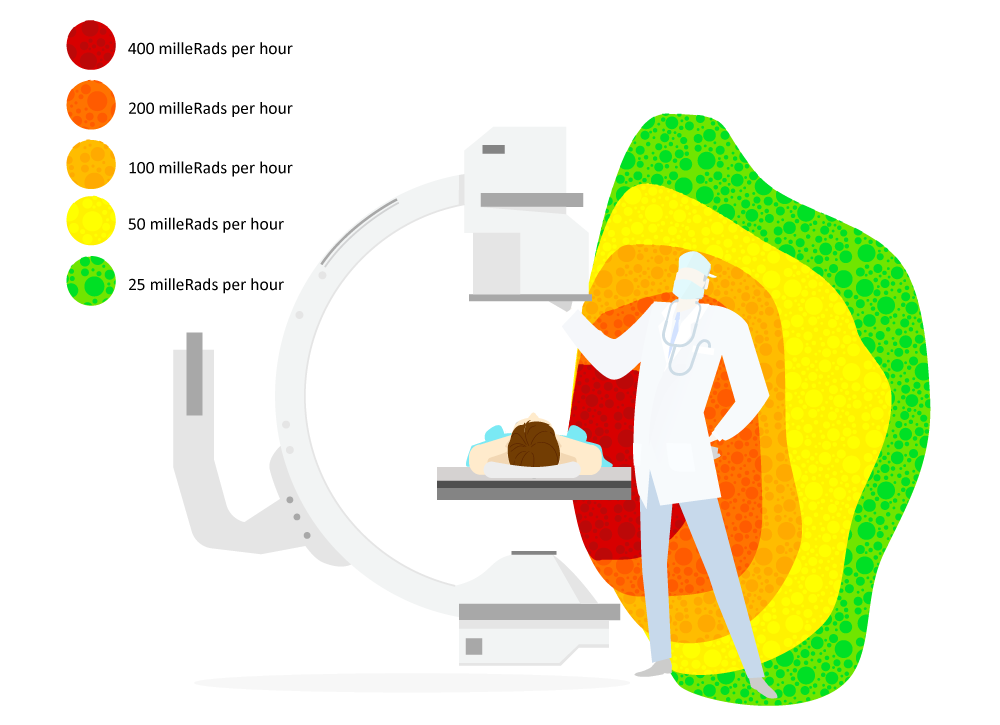
THE SOLUTION?
Scatterguard Patient DrapesA SIR published study concluded “...leaded glasses and scatter-draping drapes substantially reduced lens dose by factors of 9.5 and 12 respectively. Maximal eye drapeing was achieved by the use of both leaded glasses and scatter-draping drapes.”
-
Angiography Drape
$195.00 – $385.00 -
Biliary Split Access Drape
$195.00 – $385.00 -
Disposable Smart Caps
$125.00 – $285.00 -
EP Drape – Large
$315.00 -
EP Drape – Small
$255.00 -
EP Left Subclavian Drape
$195.00 – $385.00 -
Multipurpose Drape
$195.00 – $385.00 -
Multipurpose Drape with Box Fenestration
$180.00 – $385.00 -
Peripheral Drape
$275.00 – $595.00


